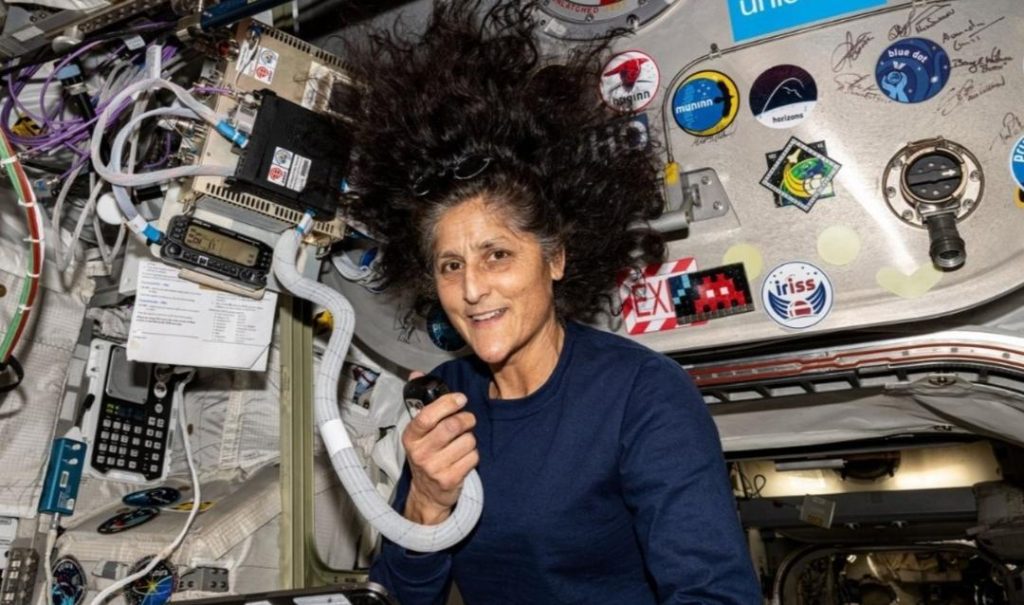
What Scientific Milestones Were Achieved by Williams & Her Team?
The International Space Station (ISS) has been a hub of scientific experimentation and exploration since its inception. In recent years, a crew of astronauts and cosmonauts has been stationed on the ISS, conducting various scientific experiments and testing new technologies. One such crew, led by astronaut Sunita Williams, achieved several significant scientific milestones during their time on the ISS.
The crew, which included astronauts Nick Hague, Butch Wilmore, and cosmonaut Aleksandr Gorbunov, was responsible for conducting a wide range of scientific experiments. One of the primary focuses of their research was on plant-related studies. The crew conducted experiments to better understand how plants grow in space, which could have significant implications for future long-duration space missions.
One of the most notable plant-related experiments was the “Veggie” study. This experiment aimed to grow a variety of crops in space, including lettuce, radishes, and zinnia flowers. The crew was able to successfully grow these crops, which could potentially provide a sustainable source of food for future space travelers.
In addition to plant-related studies, the crew also conducted experiments focused on the effects of microgravity on the human body. One such experiment, known as “Fluid Shift,” aimed to better understand how fluid moves in the body when it is in microgravity. This research could have significant implications for our understanding of the effects of long-duration space travel on the human body.
Another area of research conducted by the crew was the testing of 3D printing technologies. The crew used a 3D printer to create implantable medical devices, such as surgical instruments and prosthetic joints. This technology has the potential to revolutionize the field of medicine, allowing for the creation of custom-made devices that can be used in a variety of medical procedures.
The crew also conducted experiments focused on the effects of microgravity on the human eye. One such experiment, known as “Microgravity and the Eye,” aimed to better understand how the eye adapts to microgravity. This research could have significant implications for our understanding of the effects of long-duration space travel on the human body.
In addition to these scientific experiments, the crew also conducted a variety of educational and outreach activities. Wilmore, in particular, captured thousands of images of Earth from space, which were used to monitor urban growth, climate change, and natural disasters. These images provided a unique perspective on the Earth and its natural systems, and helped to raise awareness about the importance of environmental conservation.
The crew’s research and experiments on the ISS were conducted in a highly collaborative and international environment. The crew worked closely with scientists and researchers from around the world, sharing data and results to advance our understanding of the universe.
In conclusion, the crew led by Sunita Williams achieved several significant scientific milestones during their time on the ISS. Their research and experiments have the potential to advance our understanding of the universe, improve our ability to sustain life in space, and advance the field of medicine. The crew’s work on the ISS is a testament to the power of human ingenuity and our ability to work together to achieve great things.






